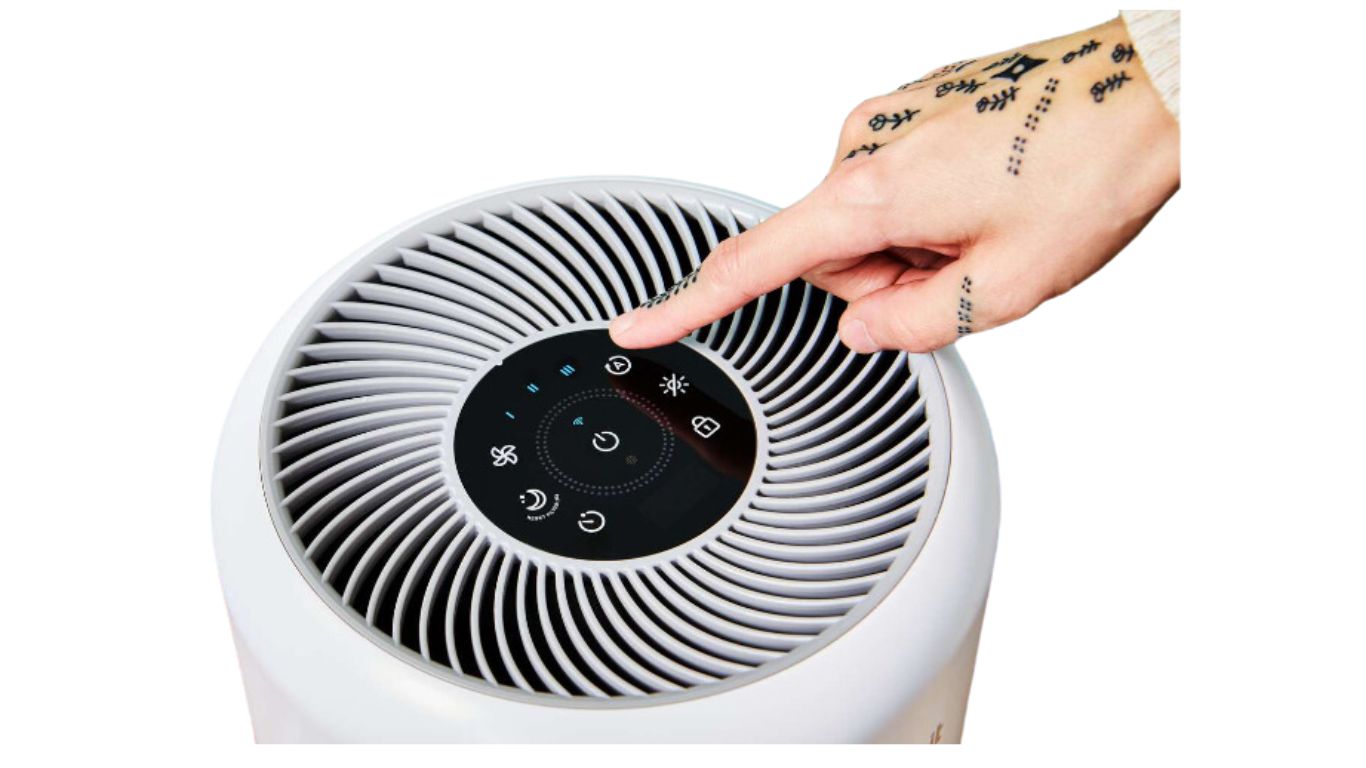In an era where air purifier filter quality is increasingly becoming a concern, the role of air purifiers has gained significant attention. These devices serve as guardians of our indoor air quality, ensuring that the air we breathe is free from pollutants and allergens. At the heart of every efficient air purifier lies its filter, a crucial component that traps contaminants and keeps our living spaces clean and healthy. In this comprehensive guide, we delve into the world of air purifier filters, exploring their types, functionalities, maintenance, and much more.
Table of Contents
Understanding Air Purifier Filters: A Closer Look
Air purifier filters are designed to capture airborne particles, pollutants, and allergens, thereby improving indoor air quality. They come in various types, each with unique characteristics and filtration mechanisms. The most common types of air purifier filters include:
HEPA Filters: High-Efficiency Particulate Air (HEPA) filters are renowned for their exceptional filtration capabilities. These filters can trap particles as small as 0.3 microns with an efficiency of 99.97%, making them highly effective against dust, pollen, pet dander, mold spores, and other allergens.
Activated Carbon Filters: Activated carbon filters excel in removing odors, gasses, and volatile organic compounds (VOCs) from the air. By adsorbing these contaminants onto their porous surface, activated carbon filters help eliminate unpleasant smells and maintain a fresh indoor environment.
Pre-Filters: Pre-filters serve as the first line of defense in air purifiers, capturing larger particles such as hair, lint, and pet fur. By preventing these particles from reaching the main filter, pre-filters extend the lifespan of the primary filtration system and enhance overall performance.
UV-C Filters: Ultraviolet Germicidal Irradiation (UVGI) filters utilize UV-C light to disinfect and deactivate airborne pathogens such as bacteria, viruses, and mold spores. While not technically filters in the traditional sense, UV-C lamps complement existing filtration systems by targeting microorganisms that may evade mechanical filtration.
Choosing the Right Filter for Your Needs
Selecting the appropriate air purifier filter depends on several factors, including the specific contaminants you wish to address, the size of your living space, and any existing respiratory conditions. To make an informed decision, consider the following:
- Identify your primary concerns: Whether you’re battling allergies, asthma, or lingering odors, prioritize filters that target the pollutants relevant to your situation.
- Assess filter efficiency: Look for filters with high efficiency ratings, especially if you’re dealing with fine particles or allergens.
- Consider room size: Ensure that the air purifier and its filter are adequately sized for the room or area you intend to purify.
- Evaluate ongoing costs: Factor in the cost of filter replacements and maintenance when comparing different air purifier models.
Maintaining Your Air Purifier Filter: Tips and Best Practices
Proper maintenance is essential to ensure the continued effectiveness of your air purifier filter. Follow these tips to keep your filter and purifier in optimal condition:
Regular Cleaning: Depending on the type of filter, clean or replace it according to the manufacturer’s recommendations. This may involve vacuuming reusable filters or replacing disposable ones at specified intervals.
Monitor Air Quality: Keep an eye on your purifier’s indicator lights or air quality sensors to gauge when it’s time to clean or replace the filter.
- Vacuum Surrounding Areas: Minimize the buildup of dust and debris around your air purifier to prevent it from being recirculated into the air.
Avoid Overloading: Don’t overload your air purifier by placing it in rooms larger than its recommended coverage area, as this can strain the filter and reduce its efficiency.
FAQs About Air Purifier Filters
Q: How often should I replace my air purifier filter?
A: The frequency of filter replacement varies depending on factors such as filter type, usage, and indoor air quality. As a general guideline, HEPA filters may need replacement every 6 to 12 months, while pre-filters may require more frequent changes.
Q: Can I clean and reuse air purifier filters?
A: Some air purifier filters, such as washable pre-filters, can be cleaned and reused. However, HEPA and activated carbon filters are typically disposable and should be replaced according to the manufacturer’s instructions.
Q: Do air purifiers eliminate germs and viruses?
A: While air purifiers with UV-C filters can help deactivate certain germs and viruses, including influenza and the common cold, they should not be relied upon as the sole method of disinfection. Proper hygiene practices, such as handwashing and surface cleaning, remain crucial for preventing the spread of infectious diseases.
Conclusion
Investing in a quality air purifier with the right filter can significantly improve the air quality in your home or office, providing relief to allergy sufferers and promoting overall well-being. By understanding the different types of air purifier filters, selecting the appropriate model for your needs, and maintaining it diligently, you can breathe easier and enjoy a healthier indoor environment for years to come.
You can also read: How Beagles vs Bagged Vacuum Cleaner at House Authentic
